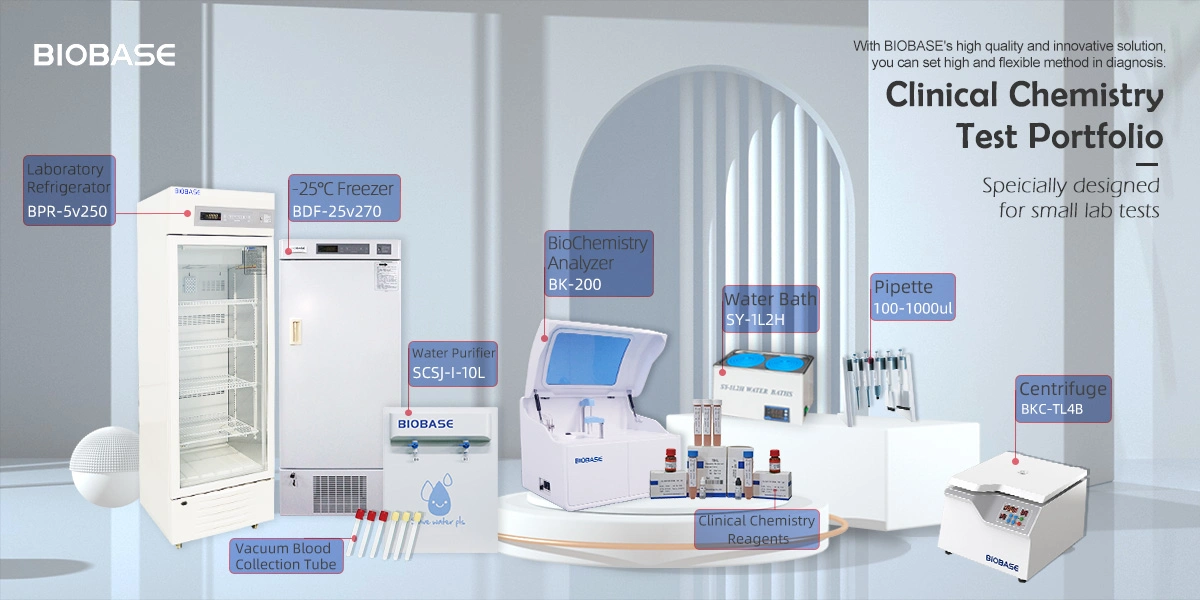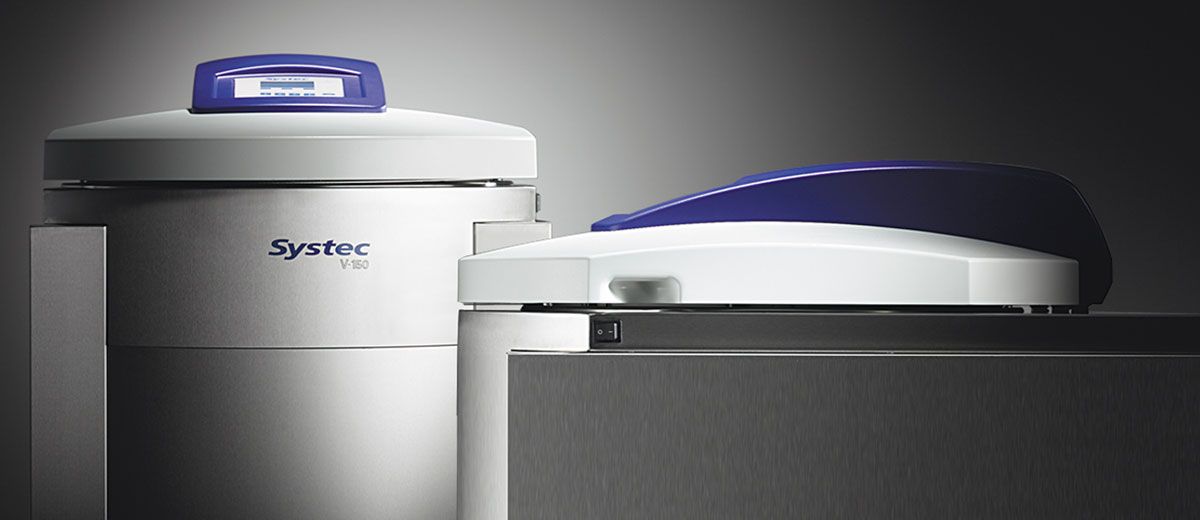Autoclaves, often hailed as the unsung heroes of sterilization, play a pivotal role in ensuring safety and preventing the spread of infections in various industries, with healthcare being the primary beneficiary. These devices, resembling high-tech pressure cookers, utilize the power of steam to eradicate bacteria, viruses, and other pathogens from equipment, instruments, and materials. In this article, we will delve into the fascinating world of autoclaves, exploring their history, functionality, applications, and the technological advancements that have propelled them into indispensable tools across diverse fields.
A Historical Glimpse
The concept of sterilization through steam dates back to the 17th century when French chemist Denis Papin invented the steam digester, a precursor to the modern autoclave. However, it wasn’t until the late 19th century that Charles Chamberland, a colleague of Louis Pasteur, made significant contributions to the development of the autoclave as we know it today. Chamberland’s innovations, including the use of steam under pressure, laid the foundation for efficient and reliable sterilization processes.
Functionality of Autoclaves
Autoclaves operate on the principle that elevated temperature and pressure enhance the sterilization process. The basic components of an autoclave include a pressure chamber, a heating element, a means of introducing and removing steam, and controls to regulate temperature and pressure. The sterilization cycle typically involves the following stages:
- Pre-Conditioning: The chamber is pre-heated to create a favorable environment for the subsequent stages.
- Sterilization: Steam is introduced into the chamber, raising the temperature and pressure. This combination is lethal to most microorganisms, ensuring the destruction of bacteria, viruses, and spores.
- Depressurization: After the sterilization phase, the pressure is gradually released to prevent damage to the sterilized items.
- Drying: The final stage involves drying the sterilized items to eliminate residual moisture, which could potentially foster microbial growth.
Applications in Healthcare
The healthcare sector relies heavily on autoclaves to maintain a sterile environment crucial for patient safety. These devices are instrumental in sterilizing surgical instruments, laboratory equipment, and materials like bandages and dressings. Autoclaves are particularly vital in the prevention of healthcare-associated infections (HAIs), which pose a significant threat to patient well-being.
Moreover, dental clinics, research laboratories, and pharmaceutical facilities also benefit from autoclaves in ensuring the sterility of their instruments and materials. The versatility of autoclaves extends to various industries beyond healthcare, including food and beverage, where they are used to sterilize packaging materials, utensils, and production equipment.

Advancements in Autoclave Technology
The evolution of autoclave technology has been marked by continuous innovation to enhance efficiency, reliability, and user-friendliness. Some notable advancements include:
- Digital Controls: Modern autoclaves are equipped with sophisticated digital controls, allowing precise regulation of temperature, pressure, and sterilization cycles. This not only ensures optimal sterilization but also simplifies the operation for users.
- Vacuum-Assisted Sterilization: Some autoclaves incorporate vacuum systems, which remove air from the chamber before introducing steam. This facilitates more effective penetration of steam into porous materials, ensuring thorough sterilization.
- Pulse Vacuum Technology: Pulse vacuum technology involves intermittent application of vacuum and pressure, improving the removal of air and enhancing steam penetration. This innovation is particularly beneficial for sterilizing complex instruments with narrow lumens.
- Data Logging and Documentation: Autoclaves now come equipped with data logging capabilities, allowing users to record and monitor sterilization parameters. This feature is valuable for quality assurance and compliance with regulatory standards.
Challenges and Considerations
While autoclaves are highly effective in sterilization, certain challenges and considerations merit attention. The selection of appropriate sterilization parameters, including temperature and duration, is crucial to ensure the destruction of all microorganisms. Additionally, not all materials are compatible with the high temperatures and pressures employed by autoclaves, necessitating careful consideration of the items being sterilized.
Furthermore, routine maintenance and validation of autoclave performance are essential to prevent malfunctions and ensure consistent sterilization efficacy. Regular monitoring, calibration, and validation procedures help identify and address issues promptly, reducing the risk of inadequate sterilization.
Conclusion
Autoclaves have become indispensable tools in maintaining sterile environments across various industries, with healthcare standing out as a primary beneficiary. From their humble beginnings rooted in the 17th century to the cutting-edge technology of today, autoclaves have undergone remarkable advancements, revolutionizing the way we approach sterilization. As technology continues to evolve, the role of autoclaves in safeguarding public health and promoting safety across diverse sectors is likely to expand, solidifying their status as essential components of our modern world.
Tags: Autoclaves
